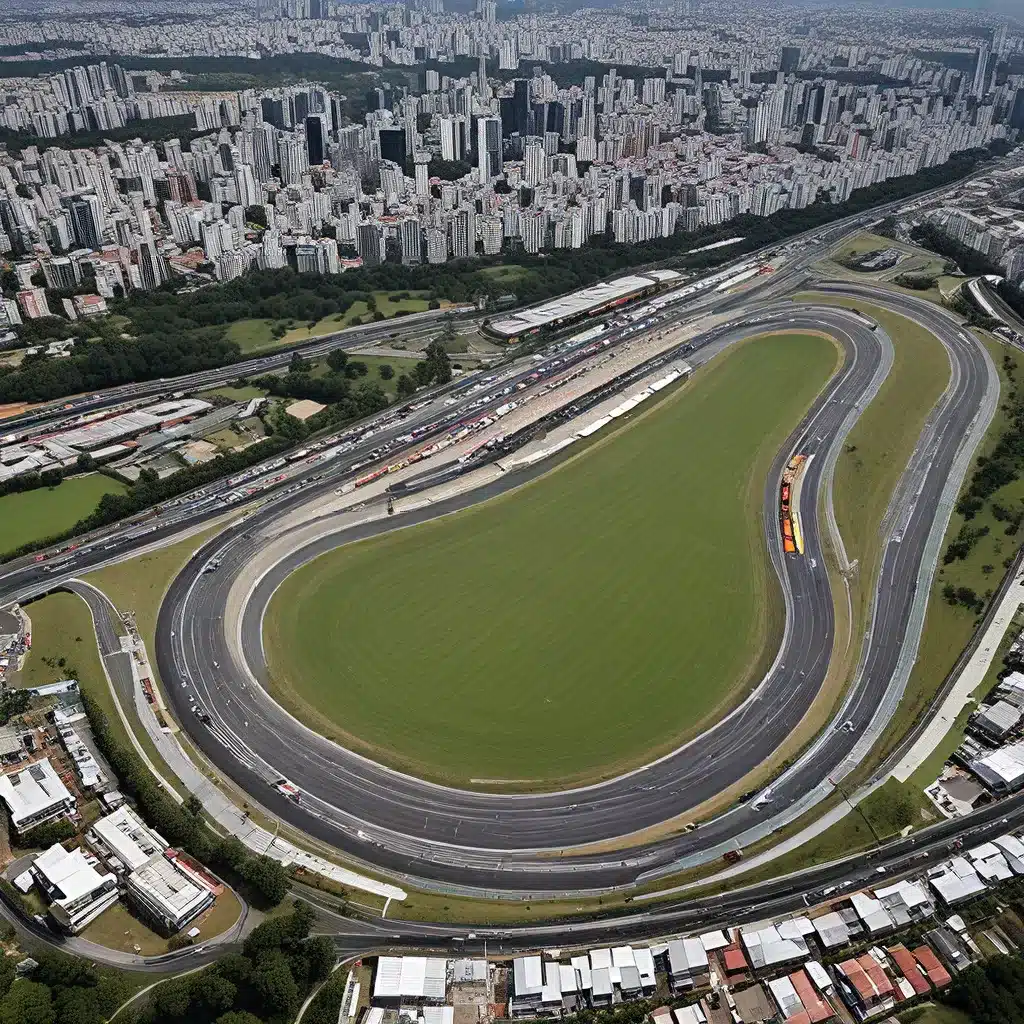
The Storied History of Interlagos
The Autódromo José Carlos Pace, more commonly known as Interlagos, is a legendary racetrack located in the heart of São Paulo, Brazil. Interlagos has a rich and storied history that stretches back to the early 20th century, making it one of the most iconic and beloved motorsport venues in the world.
The origins of Interlagos can be traced to the 1920s, when a group of motorsport enthusiasts in São Paulo began exploring the possibility of building a racetrack in the city. They were drawn to the natural terrain of the Interlagos neighborhood, which offered a challenging and picturesque setting for a circuit. After years of planning and development, the first version of the Autódromo de Interlagos opened its doors in 1940, marking the beginning of a new era in Brazilian motorsports.
Interlagos quickly established itself as a premier destination for international racing events, hosting prestigious competitions such as the Temporada Formula and the Mil Milhas Brasileiras endurance race. The circuit’s unique layout, with its steep hills, tight corners, and long straightaways, tested the skills of even the most experienced drivers, earning it a reputation for being one of the most challenging and thrilling tracks in the world.
The Transformation and Modernization of Interlagos
Over the decades, Interlagos has undergone a series of transformations and modernizations to keep up with the ever-evolving landscape of motorsports. In 1978, the circuit underwent a major overhaul, with the construction of a new pit complex and the widening of several turns to improve safety and overtaking opportunities.
The most significant change came in 1990, when the circuit was renamed the Autódromo José Carlos Pace in honor of the Brazilian Formula One driver who had tragically lost his life in a plane crash the previous year. This name change not only paid tribute to Pace’s legacy but also helped to solidify Interlagos’ status as a truly Brazilian institution.
In the years that followed, Interlagos continued to evolve, with the addition of new grandstands, improved lighting systems, and enhanced spectator amenities. These upgrades have helped to ensure that the circuit remains a world-class facility, capable of hosting the most prestigious motorsport events while also providing an unforgettable experience for fans.
The Role of Interlagos in Brazilian Motorsports
Interlagos has played a pivotal role in the development and growth of Brazilian motorsports over the decades. The circuit has served as a breeding ground for countless talented drivers, many of whom have gone on to achieve global success in Formula One, IndyCar, and other top-level competitions.
One of the most notable examples is the legendary Ayrton Senna, who honed his skills at Interlagos in the early stages of his career. Senna’s thrilling performances at the circuit, which included multiple victories in the Brazilian Grand Prix, cemented his status as a national hero and inspired countless young Brazilians to pursue their own motorsport dreams.
Interlagos has also played a crucial role in fostering a passionate and dedicated motorsport community in Brazil. The circuit has become a hub for enthusiasts, who flock to the venue to watch the latest races, attend car shows, and immerse themselves in the unique atmosphere that can only be found at Interlagos.
The Future of Interlagos
As Interlagos continues to evolve, there is a growing sense of excitement and anticipation about the circuit’s future. With ongoing investments in infrastructure and a commitment to maintaining its status as a world-class facility, Interlagos is poised to remain at the forefront of the global motorsport scene for many years to come.
One area of particular focus is the potential to host even more high-profile events, such as additional Formula One races or even the return of the iconic Brazilian Grand Prix. The circuit’s layout, combined with its rich history and passionate fan base, make it an attractive destination for organizers and spectators alike.
However, the future of Interlagos is not without its challenges. The circuit’s location in the heart of São Paulo, a bustling metropolis with its own set of urban planning and transportation issues, has been a source of ongoing concern. Ensuring that the circuit remains accessible and integrated with the city’s broader infrastructure will be a crucial priority in the years ahead.
Despite these challenges, the unwavering commitment of the Brazilian motorsport community to Interlagos suggests that the circuit will continue to play a vital role in the country’s sporting and cultural landscape. As the world’s eyes turn to this iconic venue, the Autódromo de Interlagos is poised to remain a true heartbeat of São Paulo’s motorsport scene, inspiring and captivating fans for generations to come.
